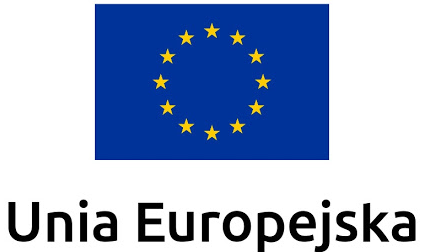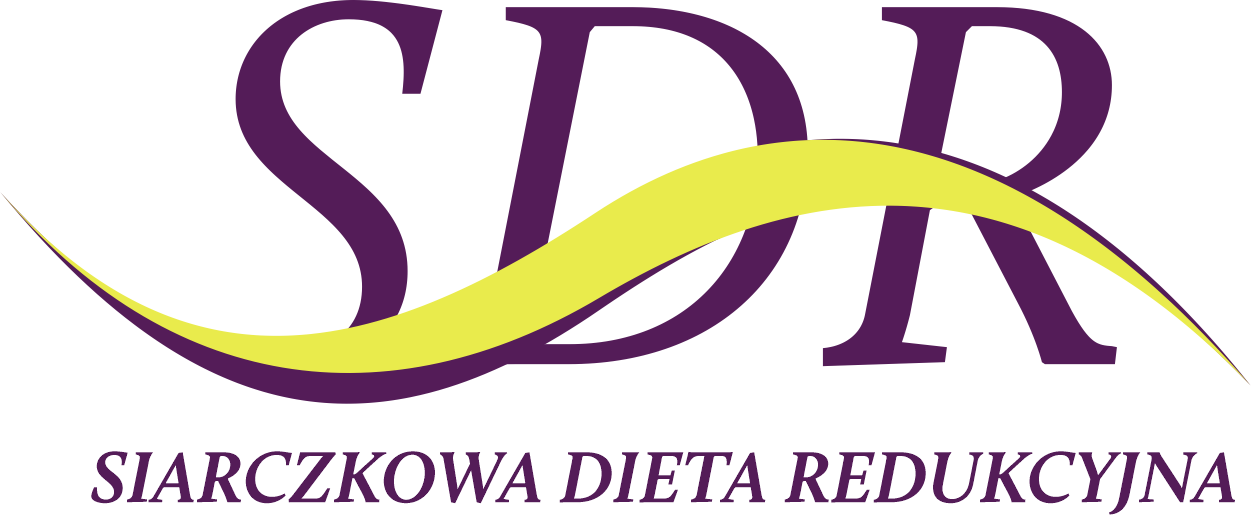
Rehabilitation after stroke
Rehabilitation after stroke
A stroke is a sudden disruption of cerebral circulation that leads to damage to nerve tissue. There are two main types of stroke: ischemic (about 85% of cases) and hemorrhagic (about 15% of cases). An ischemic stroke occurs when a blood vessel in the brain is blocked by a clot or narrowing, which leads to a lack of oxygen and death of nerve cells in that area. A hemorrhagic stroke, on the other hand, is caused by a ruptured blood vessel and bleeding into the brain tissue or subarachnoid space.
Symptoms of a stroke can vary depending on the location and extent of the damage, but most often include: sudden weakness or paralysis of one side of the body, speech disorders (aphasia), visual disturbances, dizziness, severe headache, and impaired balance and coordination. A stroke is a medical emergency that requires immediate medical intervention, as the speed of treatment is crucial for the patient's prognosis. Long-term effects of stroke can include permanent neurological deficits, memory and concentration problems, depression, and limitations in daily functioning.
Prevention
- Regular monitoring and treatment of high blood pressure.
- Maintaining healthy cholesterol levels.
- Controlling blood sugar levels and treating diabetes.
- Quitting smoking.
- Limiting alcohol consumption.
- Maintaining a healthy body weight.
- Regular physical activity (at least 150 minutes of moderate activity per week).
- Eating a healthy, balanced diet rich in vegetables, fruits, and whole grains.
- Limiting salt and saturated fat intake.
- Treating heart disease, especially atrial fibrillation.
- Regular check-ups, especially in people with risk factors.
- Avoiding long-term stress and learning relaxation techniques.
- Taking anticoagulants in people at high risk of thrombosis.
- Avoiding drug use, especially cocaine and amphetamines.
Treatment and rehabilitation after stroke
Treatment of stroke depends on its type and must be started as soon as possible. In the case of ischemic stroke, if the patient arrives at the hospital within 4.5 hours of the onset of symptoms, intravenous thrombolysis may be used, which dissolves the clot blocking the vessel. In some cases, mechanical thrombectomy is also used, which involves mechanical removal of the clot. For hemorrhagic strokes, treatment may include blood pressure control, reversal of anticoagulant drugs and, in some cases, neurosurgical intervention. In the acute phase of stroke, monitoring and stabilization of the patient's vital functions are also crucial.
Once the patient's condition has been stabilized, the rehabilitation process begins, which is crucial for regaining lost functions. Rehabilitation after stroke is comprehensive and includes physiotherapy, occupational therapy, speech therapy and psychological support. Physiotherapy focuses on restoring motor functions, improving balance and coordination and learning to walk. Occupational therapy helps patients regain independence in everyday activities. Speech therapy is essential for patients with speech disorders (aphasia) or swallowing difficulties (dysphagia). Psychological support helps to cope with the emotional aftermath of a stroke.
Rehabilitation after a stroke is a long-term process and requires the involvement of both the patient and their family. The intensity and duration of rehabilitation depend on the severity of the stroke and the individual needs of the patient. The fastest progress is usually observed in the first few months after the stroke, but improvement can occur for several years. Secondary prevention, aimed at preventing further strokes, is also an important element of rehabilitation. It includes lifestyle modification, risk factor control and pharmacotherapy (e.g. anticoagulants, statins). Modern rehabilitation methods, such as robotics, virtual reality or brain stimulation, offer new possibilities in restoring function after a stroke.



